Art Deco's centenary is honoured with a grand exhibition in Paris
To mark 100 years of Art Deco, the Musée des Arts Décoratifs in Paris is holding a retrospective that includes furniture, tableware, clothing, jewellery and objets d’art (on view until 26 April 2026)
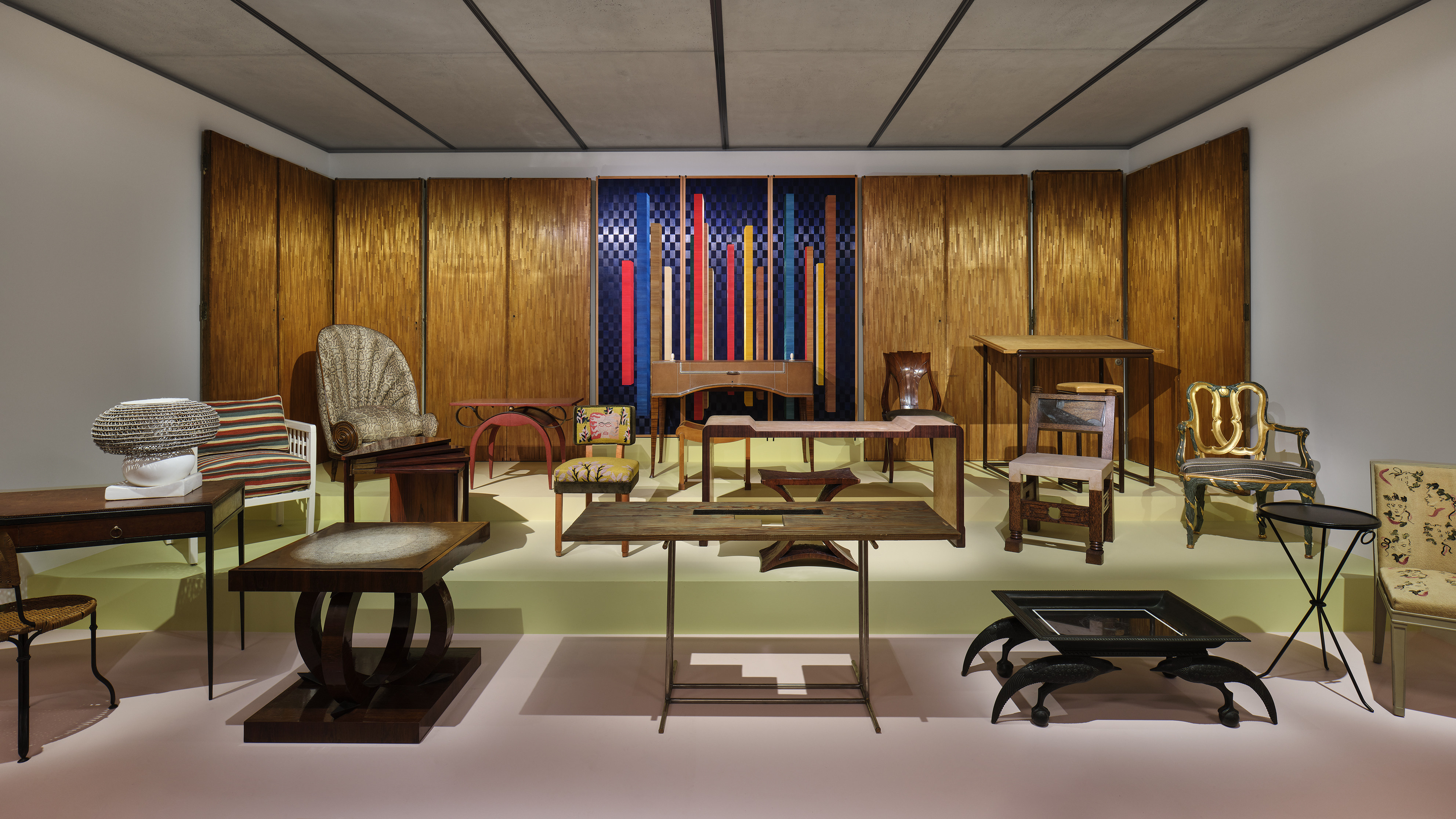
A hundred years ago, Paris hosted the World’s Fair of Decorative and Modern Industrial Arts. Held over 23 hectares between Concorde and Invalides, it attracted 15 million visitors and was what Musée des Arts Décoratifs curator Anne Monier Vanryb calls the Art Deco movement’s 'apogee, its official consecration'. To celebrate the centenary, the Musée des Arts Décoratifs in Paris is holding a retrospective that includes furniture, tableware, clothing, jewellery and objets d’art.
1925: the birth of Art Deco
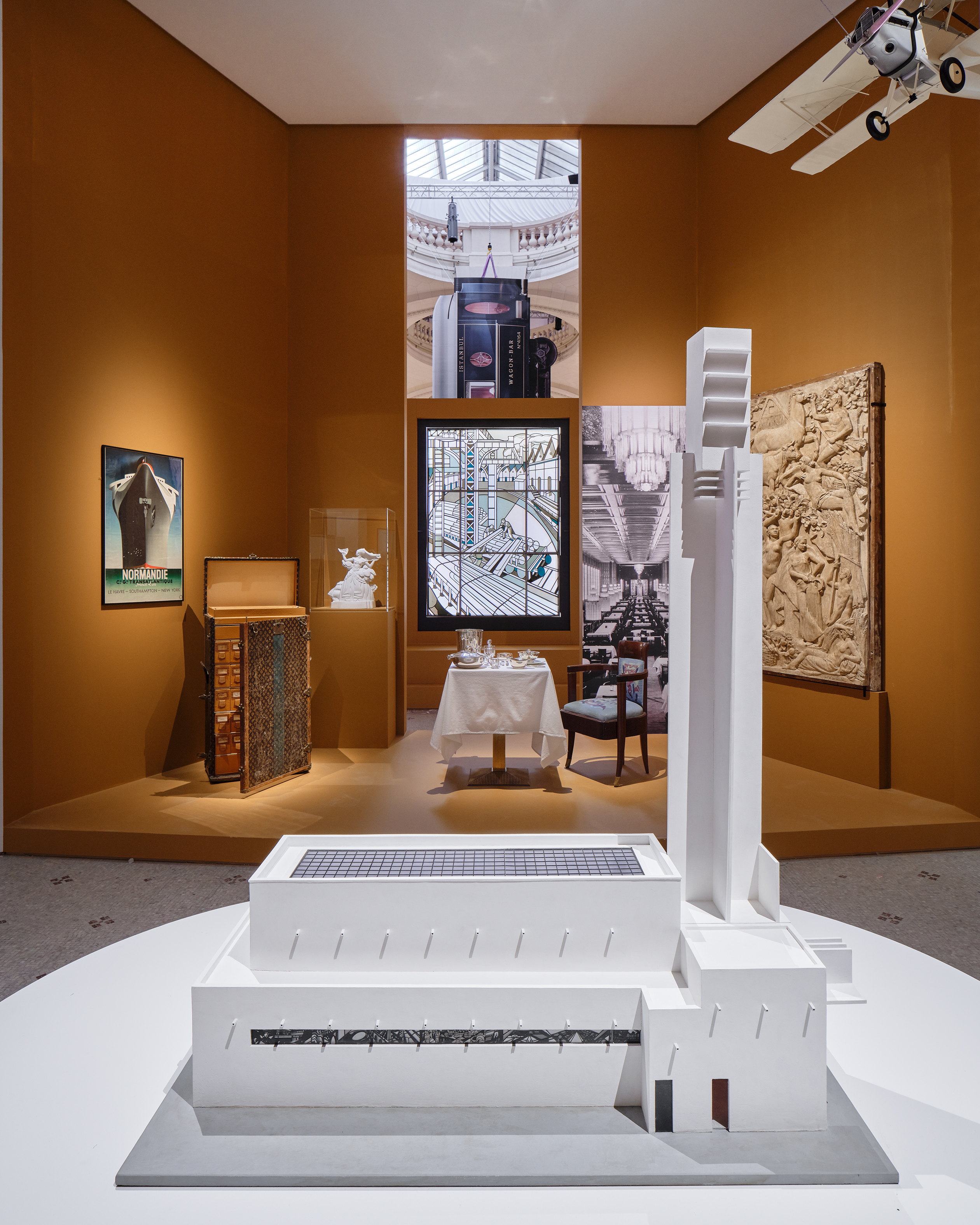
The idea for the 1925 fair actually came in 1911 as a way to bring France back as a leader in design. 'For centuries, France has imposed its taste on the world,' Société des Artistes Décorateurs president René Guilleré wrote in 1915. 'Today, we no longer know that we have the glory of talent of our ancestors.' At the same time, the Bauhaus and De Stijl movements were developing; France needed to stamp its own mark.
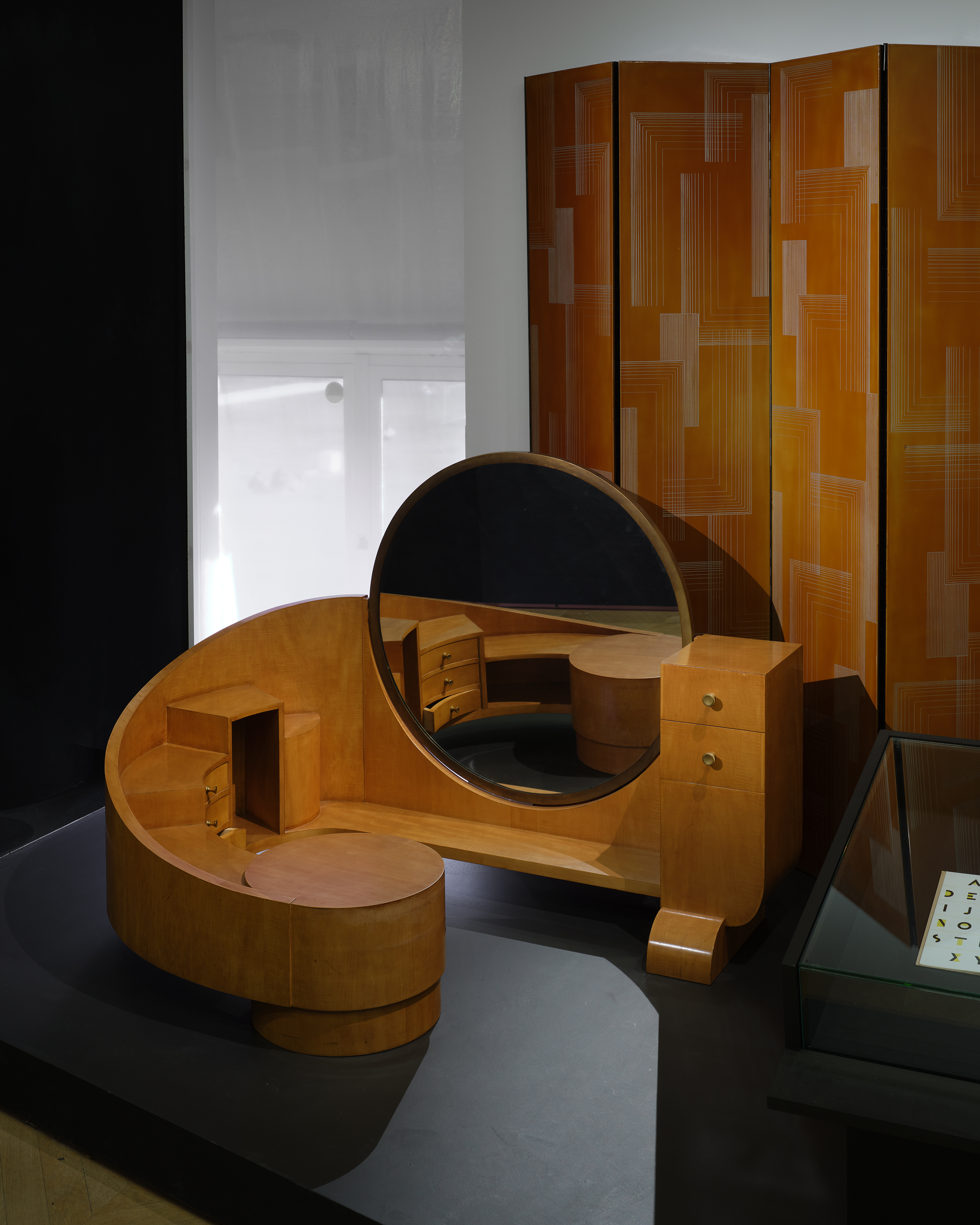
At this time, many European countries had been ravaged by WWI. France had done well from the war comparatively, and its being an empire meant that materials could be sourced from its colonies, like ivory (which Eugénie O’Kin used frequently, including a vase that was at the fair and is in the exhibition), and woods; a commode by Maurice Dufrène in the exhibition that was also first presented at the fair uses black ebony and okoume.
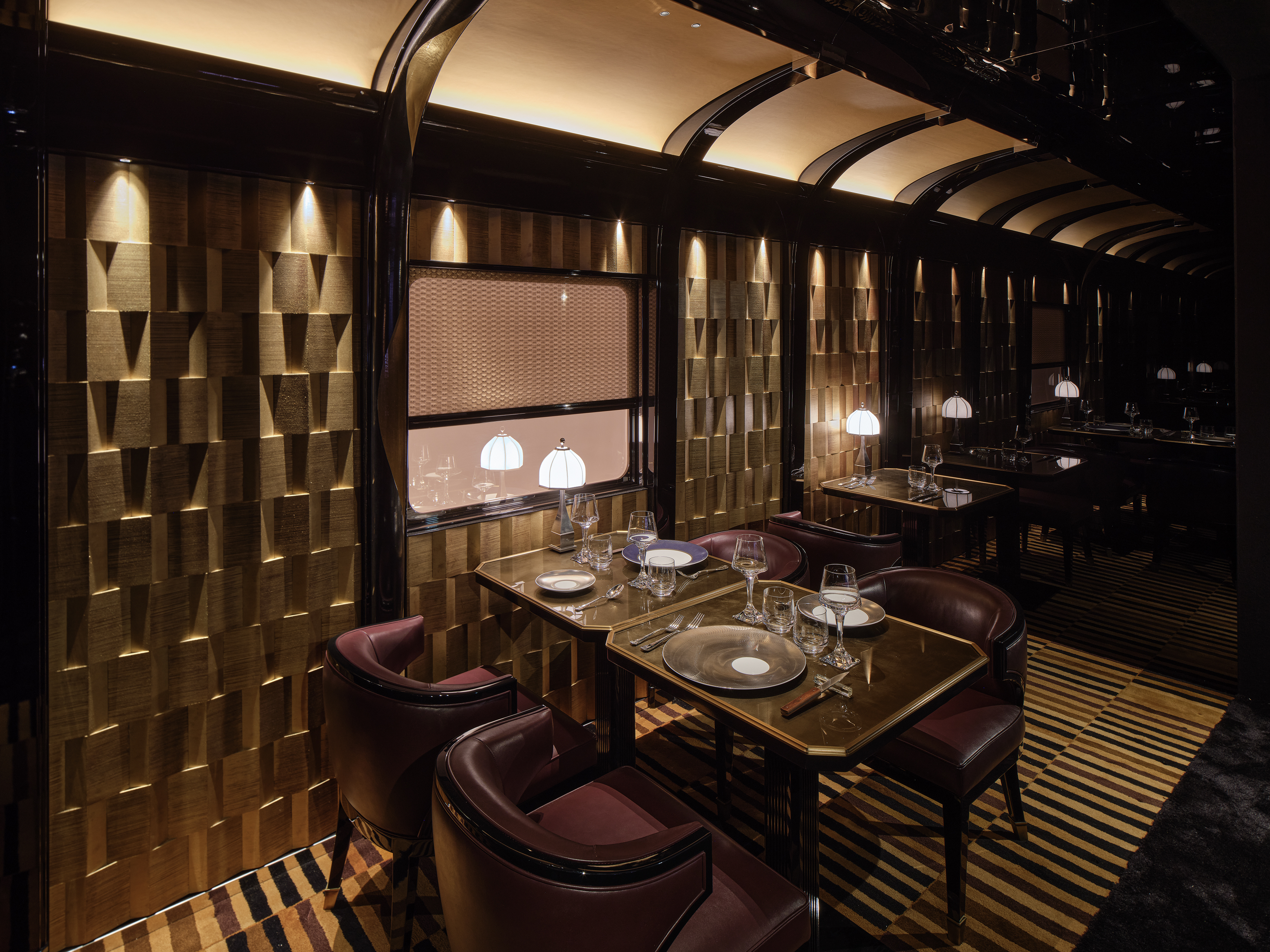
While the Bauhaus thought about applicable new ways of living, Art Deco aimed to make a properly social art, one that moved with the progress of industry, and not being purely ornamental. Such were the goals of the Union des Artistes Modernes, headed by architect and designer Robert Mallet-Stevens, which split from the Société des Artistes Décorateurs after it refused to give a salon space to young decorators that included Mallet-Stevens himself as well as Pierre Chareau.
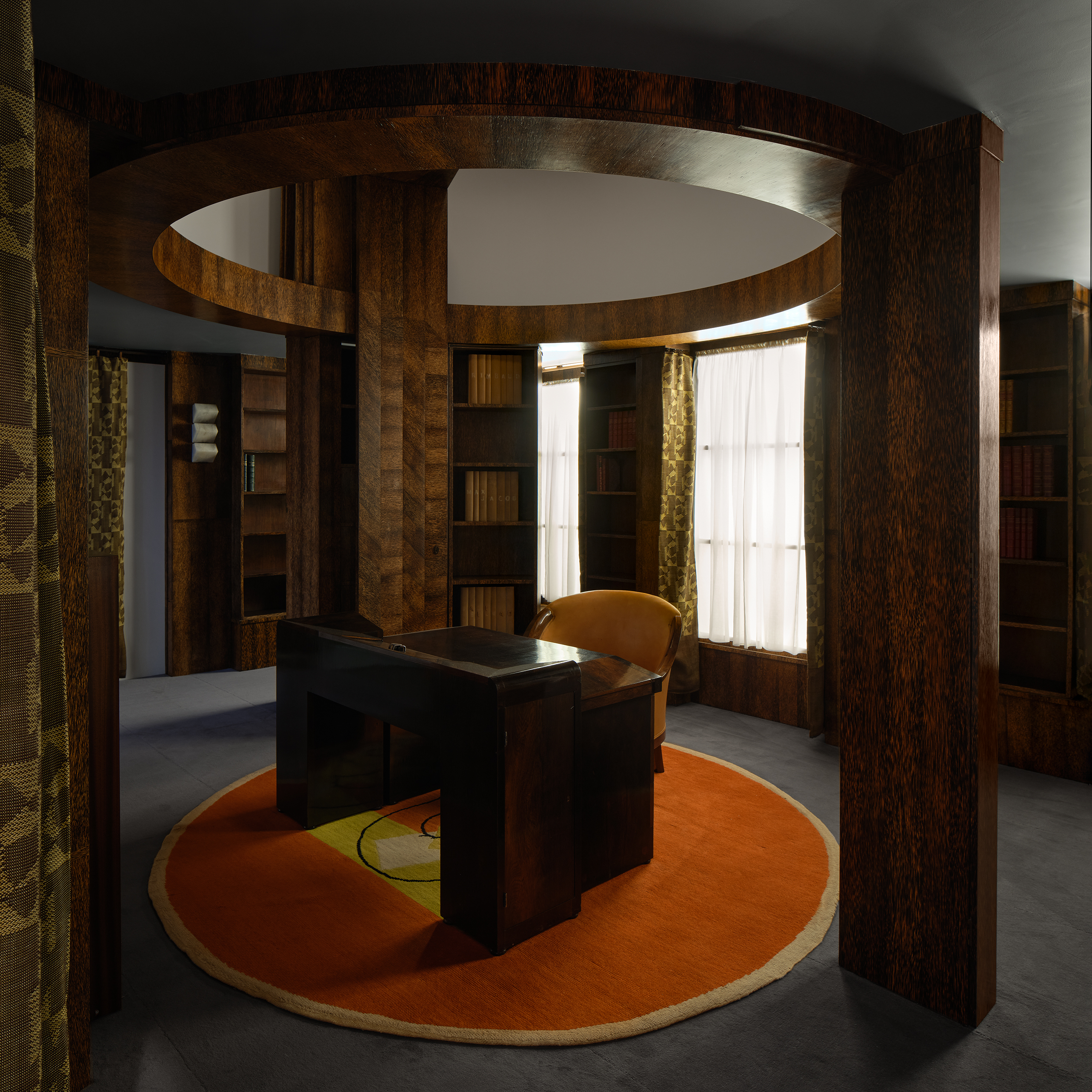
The influences of Art Deco spread throughout France. New habitations built in France due to the Cornudet law enacted in 1919 (which set out urban planning guidelines) used bas-reliefs and brick-laying as decorative accents. In the US, industrial production made it popular in households, and designers from Brazil, Japan and Sweden all adapted it for their own national identity.
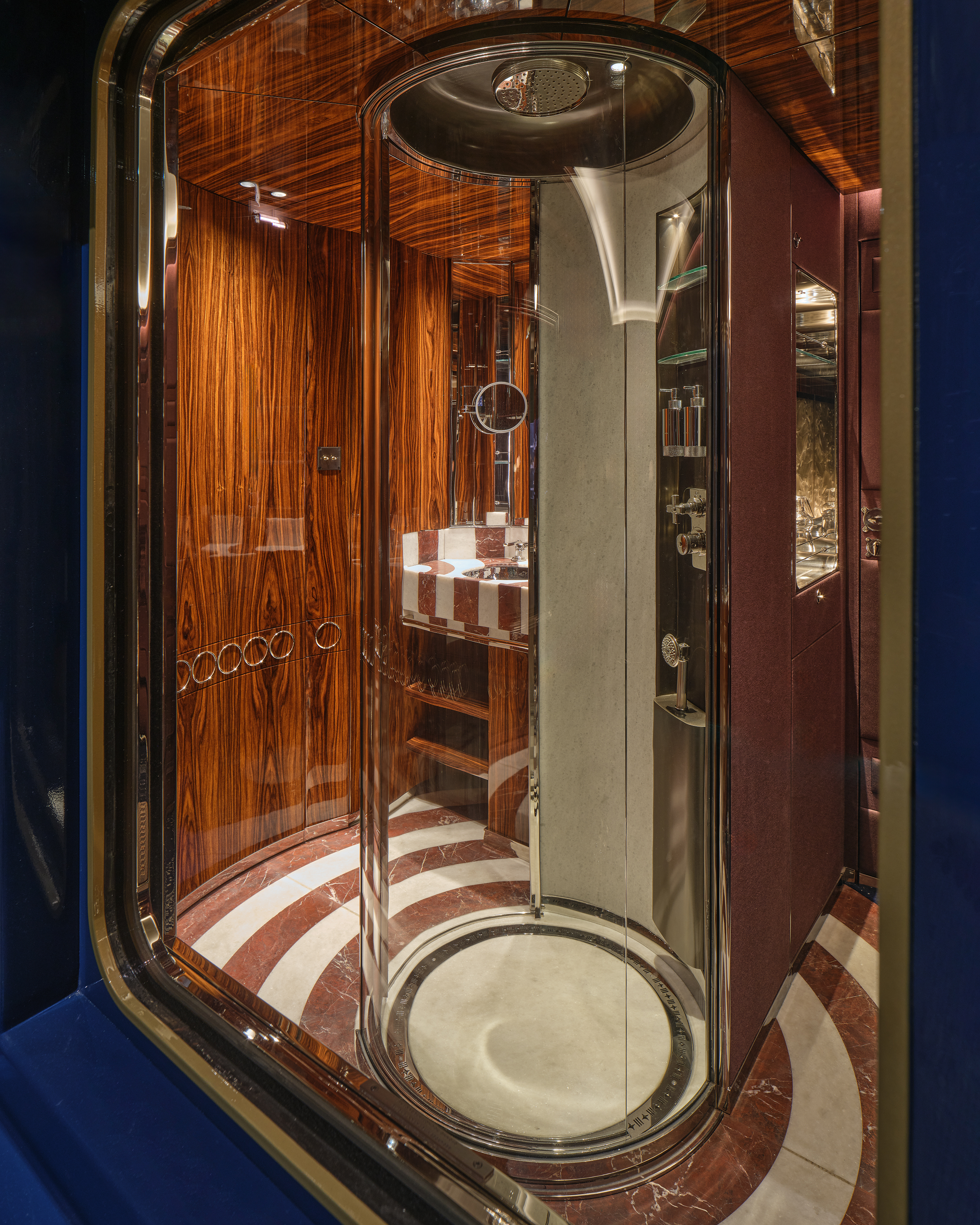
During this time, there were also major developments in transport. Because of military innovations, people were now able to travel by ship, and tourism as we know it now was born; commercial airlines (albeit in much smaller planes and on shorter journeys) began; car production proliferated.
Some of these were depicted as motifs on Art Deco objects, but one of the largest symbols of the movement was the renovation of the Orient Express train, which originally ran from Paris to Istanbul. After its suspension during WWI, the Compagnie Internationale des Wagons-Lits approached leading Art Deco designers René Lalique, Suzanne Lalique-Haviland and René Prou to help.
Receive our daily digest of inspiration, escapism and design stories from around the world direct to your inbox.
Art Deco: on view in Paris
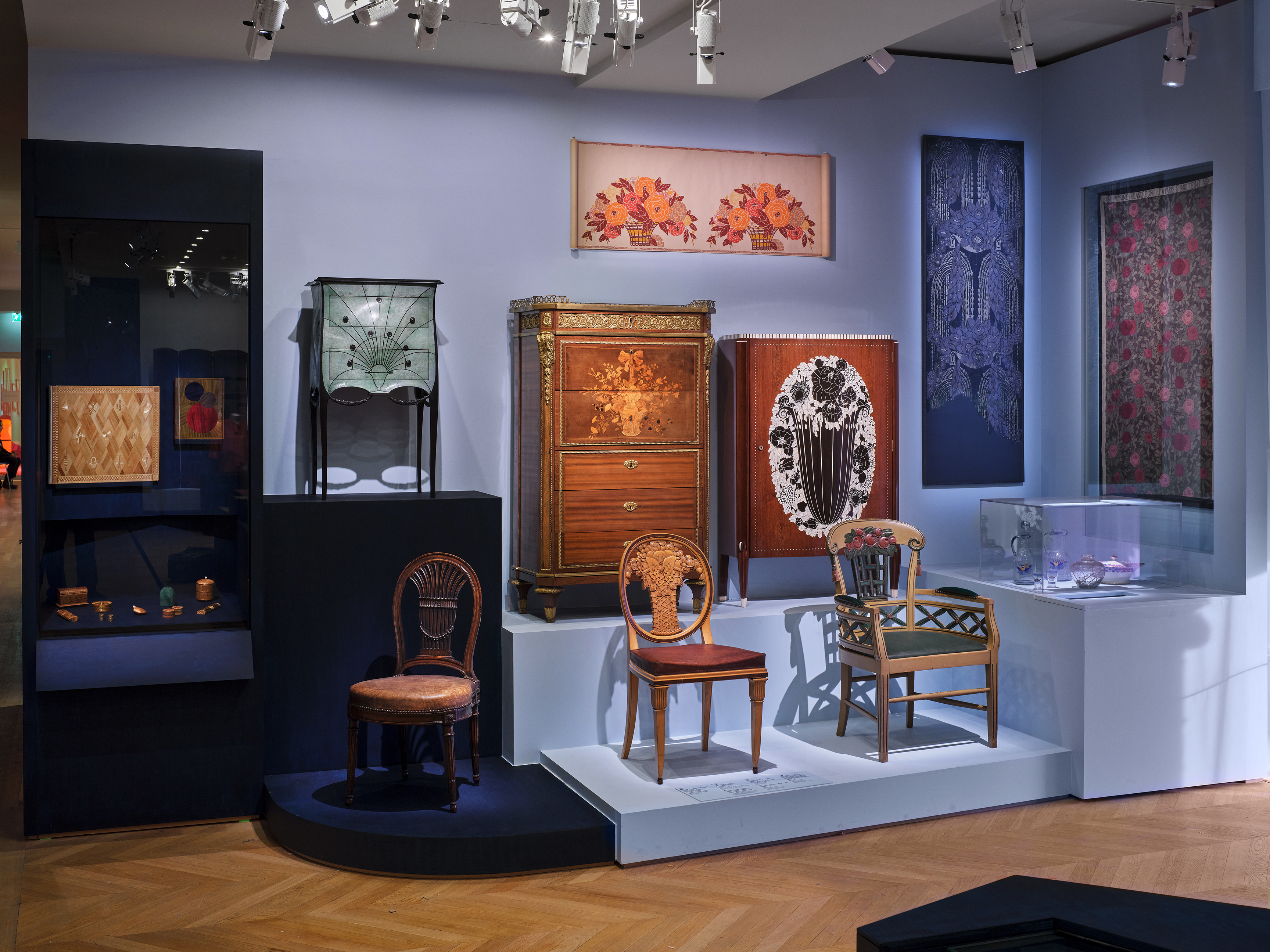
Among the exhibition's standout features are reproductions of old Orient Express carriages that demonstrate the richness of its decoration. The carriages feature added marquetry made with precious wood (mahogany, violet wood, rosewood, ebony), glass panels, and geometric motifs.
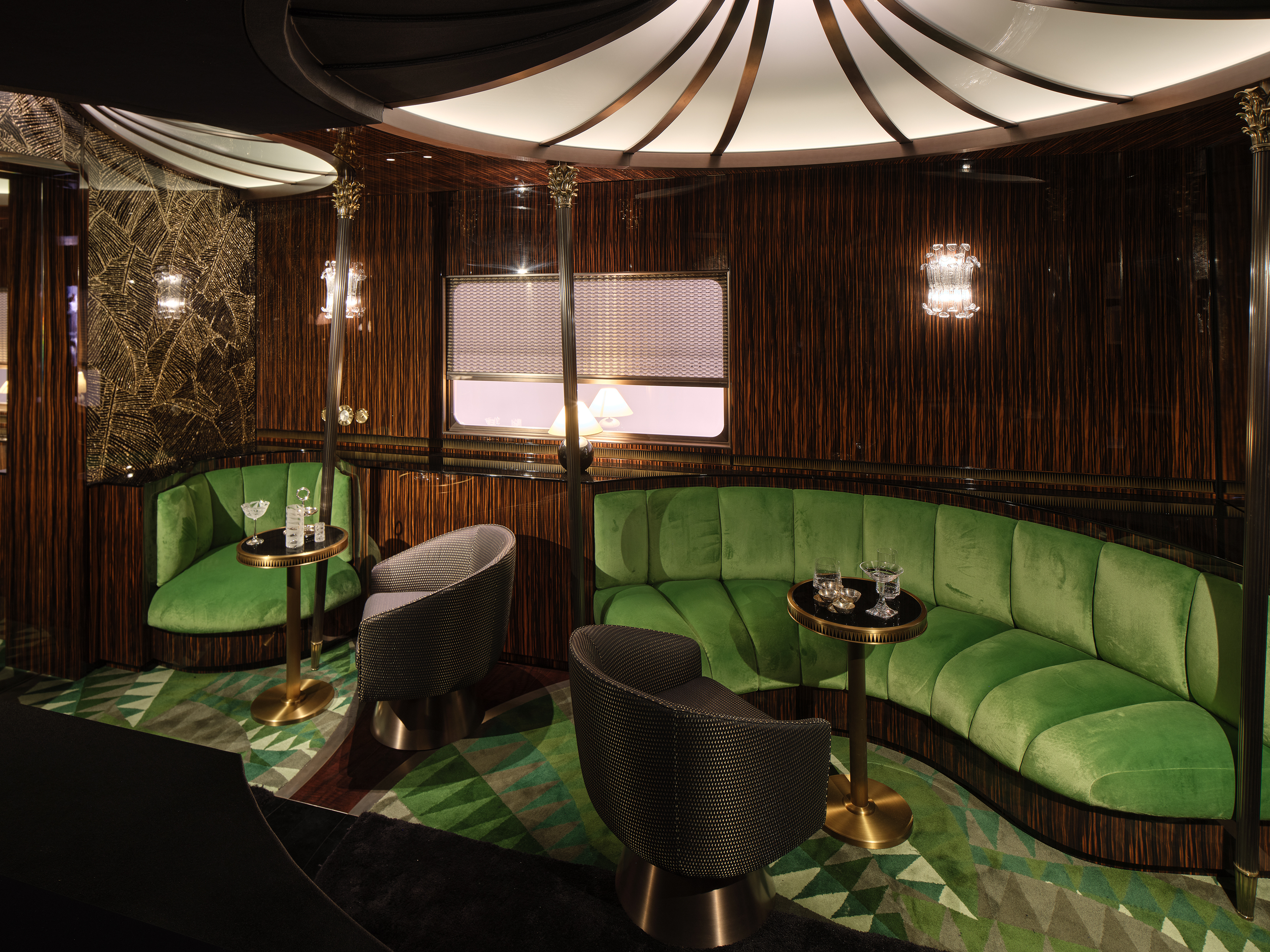
There are sections dedicated to designers Eileen Gray and Jean-Michel Frank, as well as Pierre Chareau’s imagined office-library for the French ambassador that was made for the Société des Arts Décorators’ pavilion at the fair.
Part of the display includes furniture owned by the fashion designer Jacques Doucet, whose estate sale in 1972 was attended by Hélène Rochas, Andy Warhol, Karl Lagerfeld, Yves Saint Laurent and Pierre Bergé, and is what brought Art Deco back into vogue. With the movement being the theme of the Musée des Arts Décoratifs’ first ever summer ball, and that of the next Matter & Shape fair, held in February 2026, Art Deco is back on the forefront.
1925-2025. One Hundred Years of Art Deco is on view until 26 April 2026
usée des Arts Décoratifs, 107 Rue de Rivoli, 75001 Paris
-
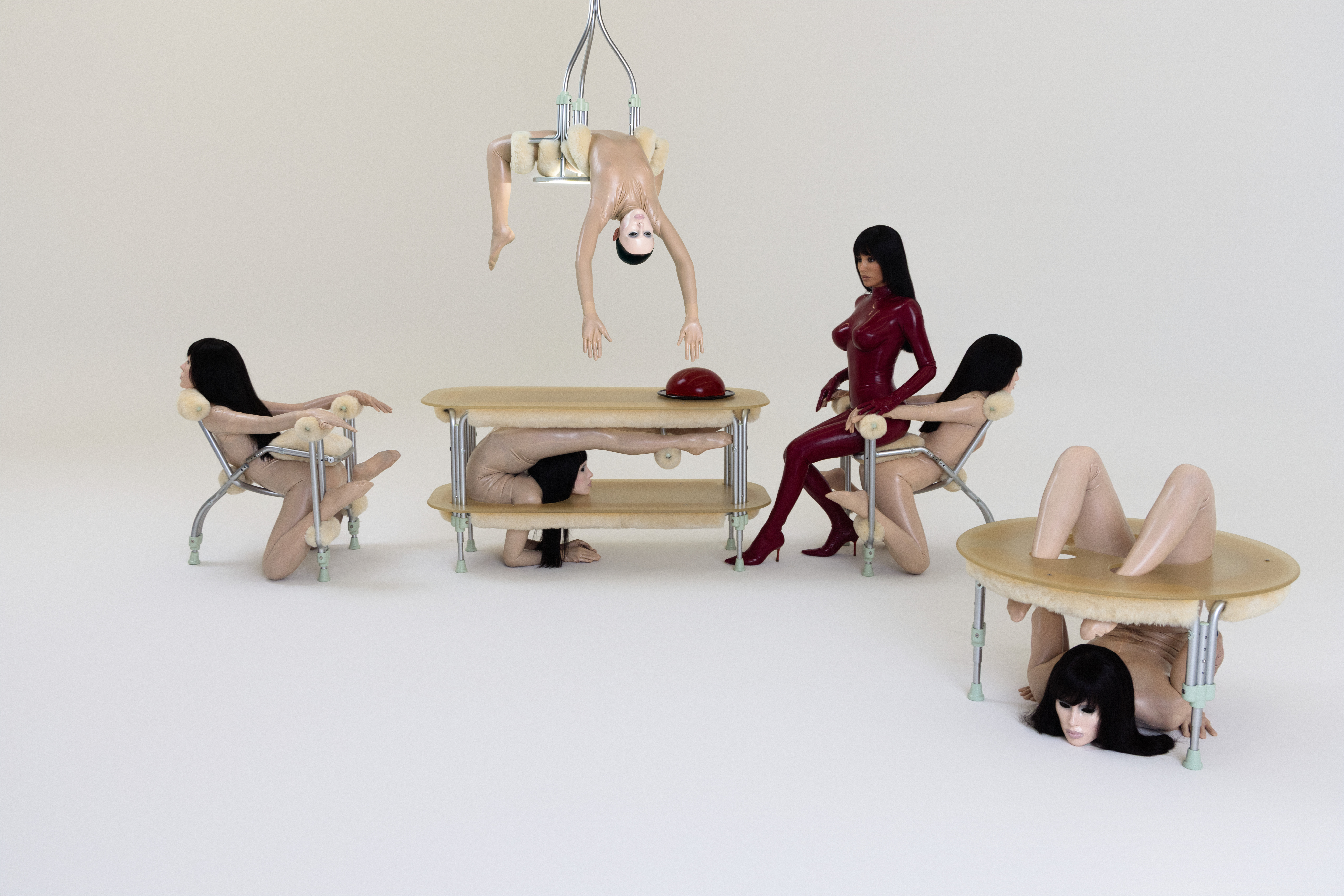 Eight questions for Bianca Censori, as she unveils her debut performance
Eight questions for Bianca Censori, as she unveils her debut performanceBianca Censori has presented her first exhibition and performance, BIO POP, in Seoul, South Korea
-
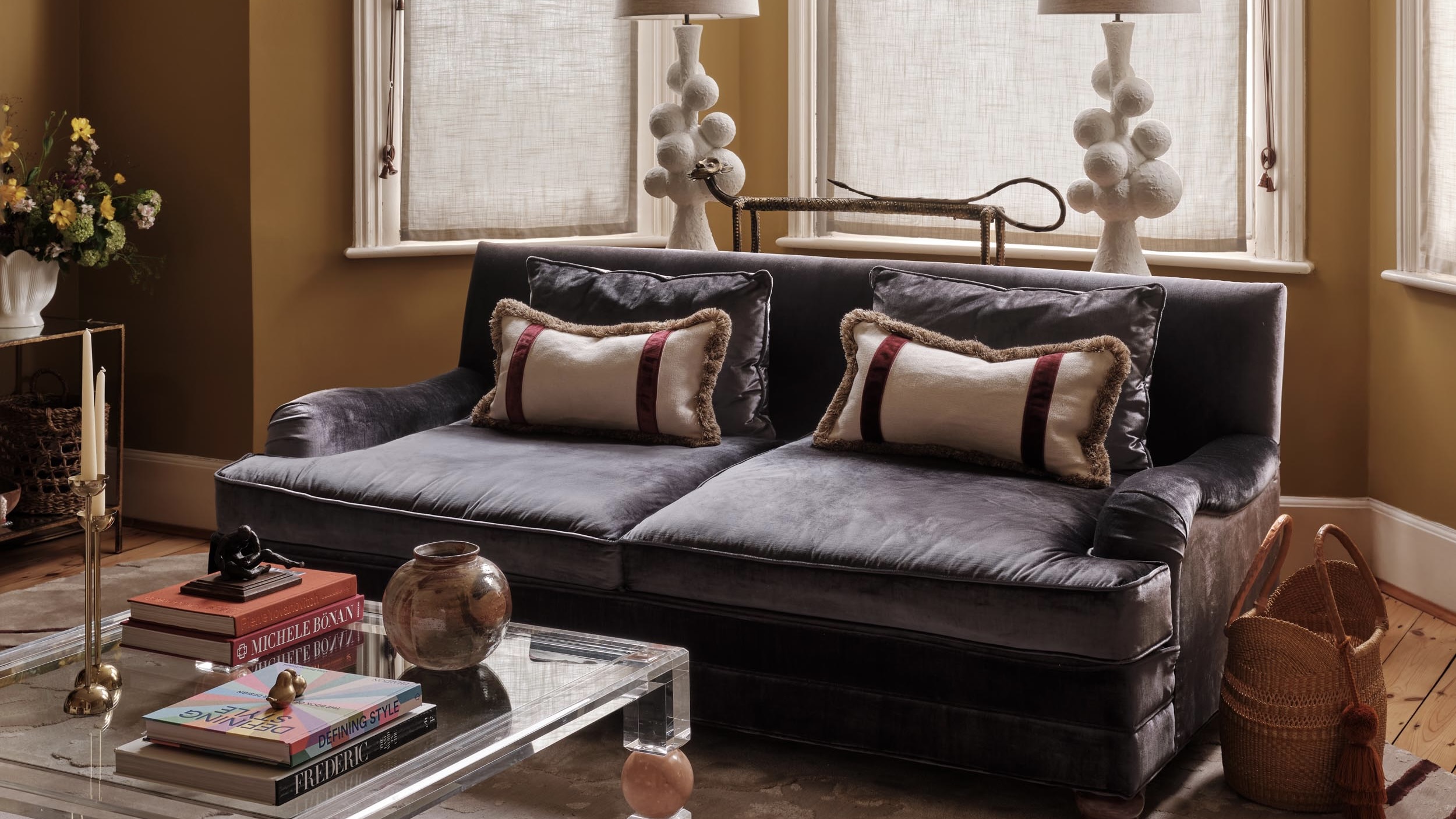 How to elevate a rental with minimal interventions? Charu Gandhi has nailed it with her London home
How to elevate a rental with minimal interventions? Charu Gandhi has nailed it with her London homeFocus on key spaces, work with inherited details, and go big on colour and texture, says Gandhi, an interior designer set on beautifying her tired rental
-
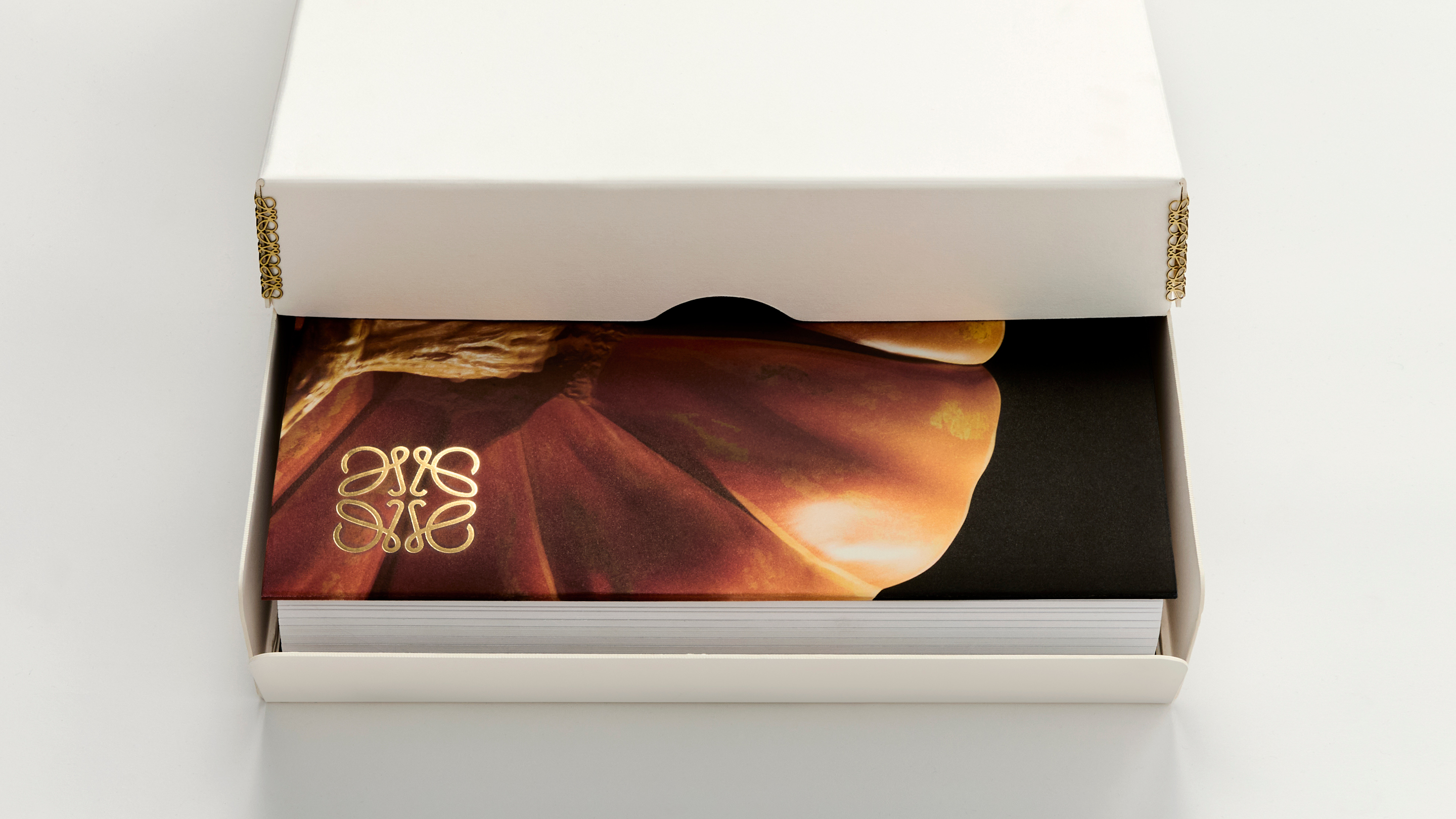 These fashion books, all released in 2025, are the perfect gift for style fans
These fashion books, all released in 2025, are the perfect gift for style fansChosen by the Wallpaper* style editors to inspire, intrigue and delight, these visually enticing tomes for your fashion library span from lush surveys on Loewe and Louis Vuitton to the rebellious style of Rick Owens and Jean Paul Gaultier
-
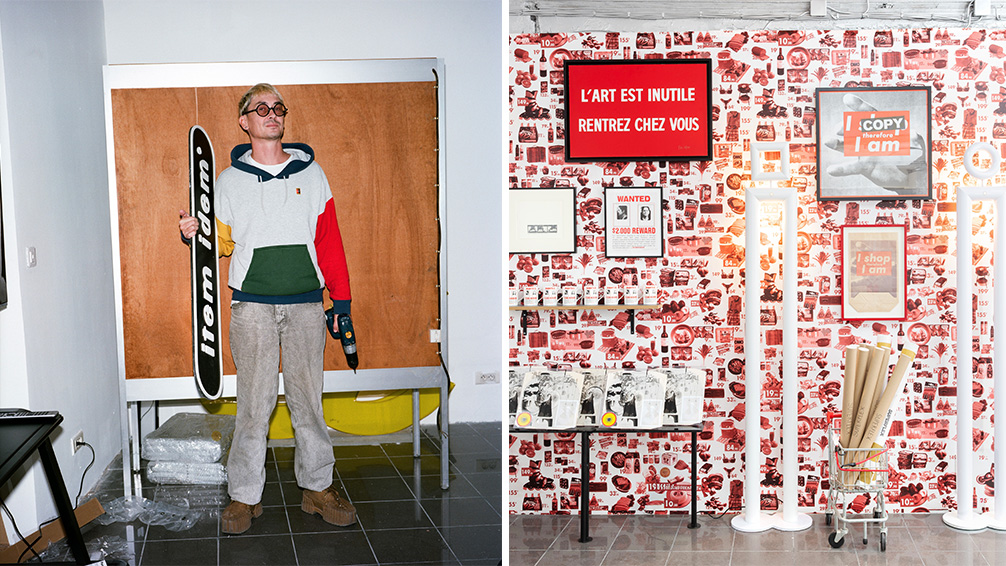 Is this Paris' most design-focused holiday shop?
Is this Paris' most design-focused holiday shop?Shop weird and wonderful design and fashion at this playful, postmodern exhibition from Item Idem, where commerce, culture and humour intersect
-
 Aussie vibes meet Parisian grandeur? This Sydney apartment pulls off the unlikely combination
Aussie vibes meet Parisian grandeur? This Sydney apartment pulls off the unlikely combinationLongtime clients of Dylan Farrell Design trusted the studio to go bold with the gut renovation of their Sydney flat – now an intriguing study in contrasts
-
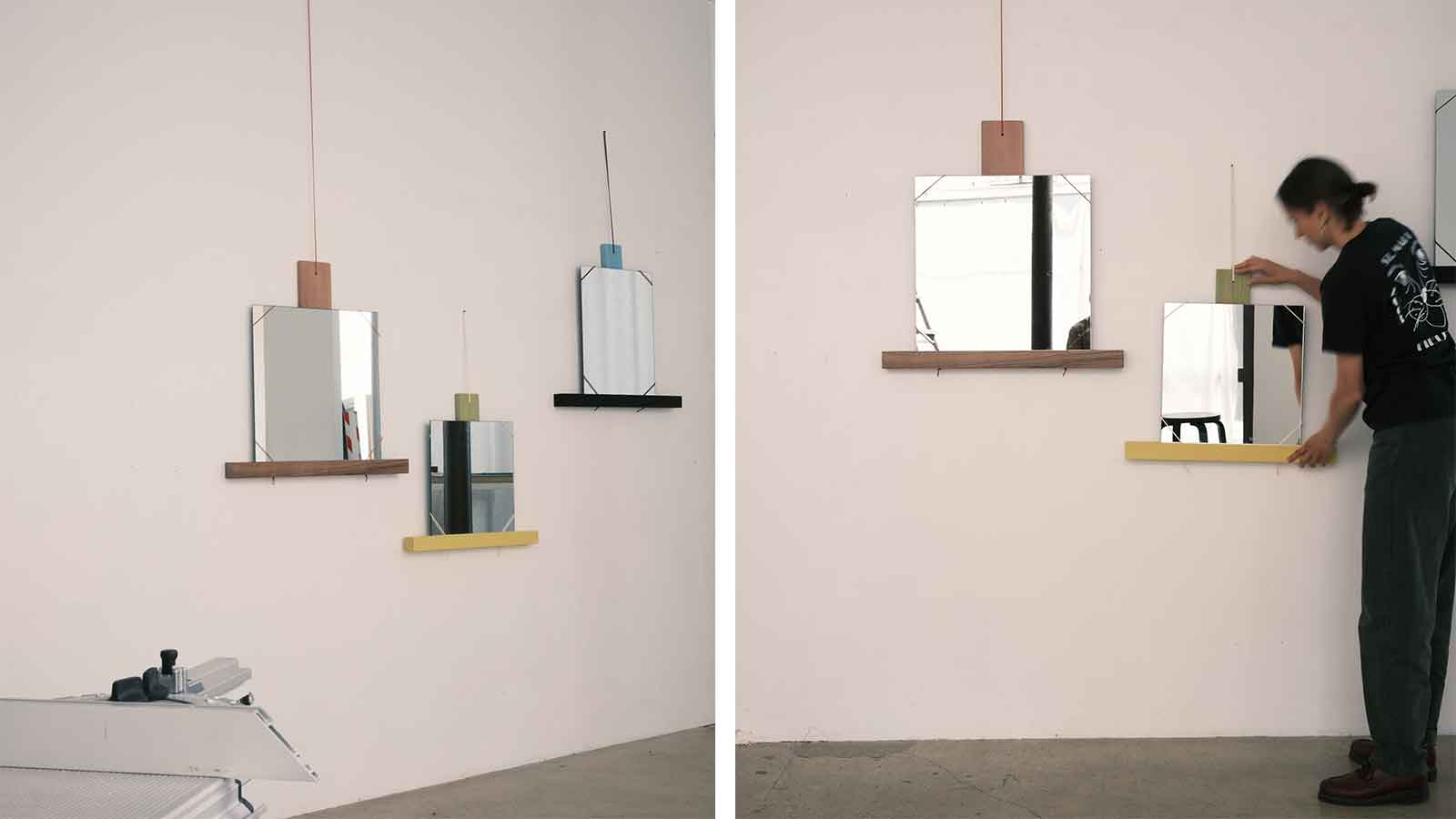 Making mirrors with A Vibe Called Tech, the collective democratising design
Making mirrors with A Vibe Called Tech, the collective democratising designLast week, Wallpaper* Paris Editor Amy Serafin spent a day with a group of creatives led by Julie Richoz, making mirrors: here's what went down (and how to make your own)
-
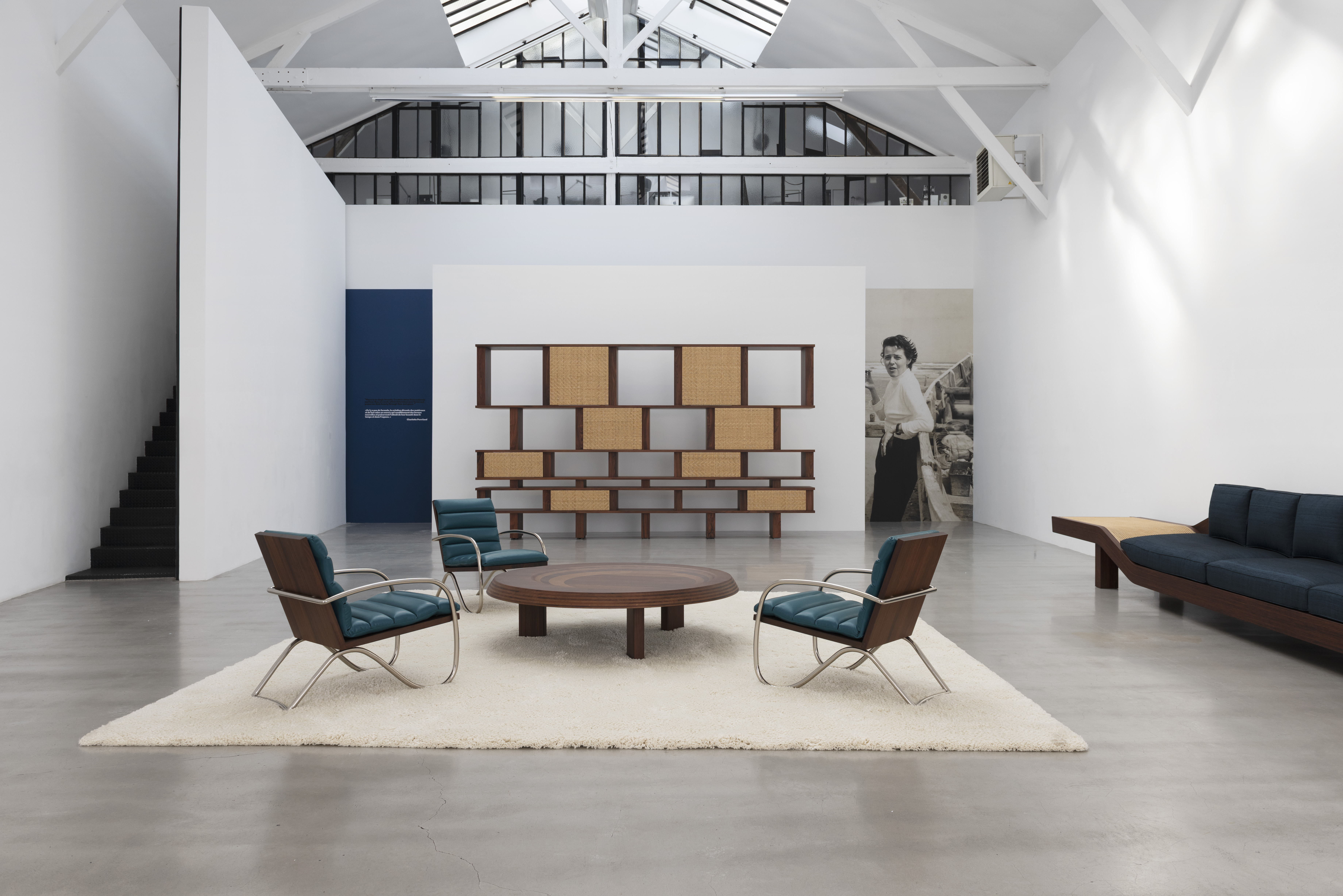 Saint Laurent's Anthony Vaccarello curates four rare Charlotte Perriand reissues
Saint Laurent's Anthony Vaccarello curates four rare Charlotte Perriand reissuesThese lesser-seen Charlotte Perriand furniture designs are reissued in a limited edition and on display at Paris' Galerie Patrick Seguin (until 22 November 2025)
-
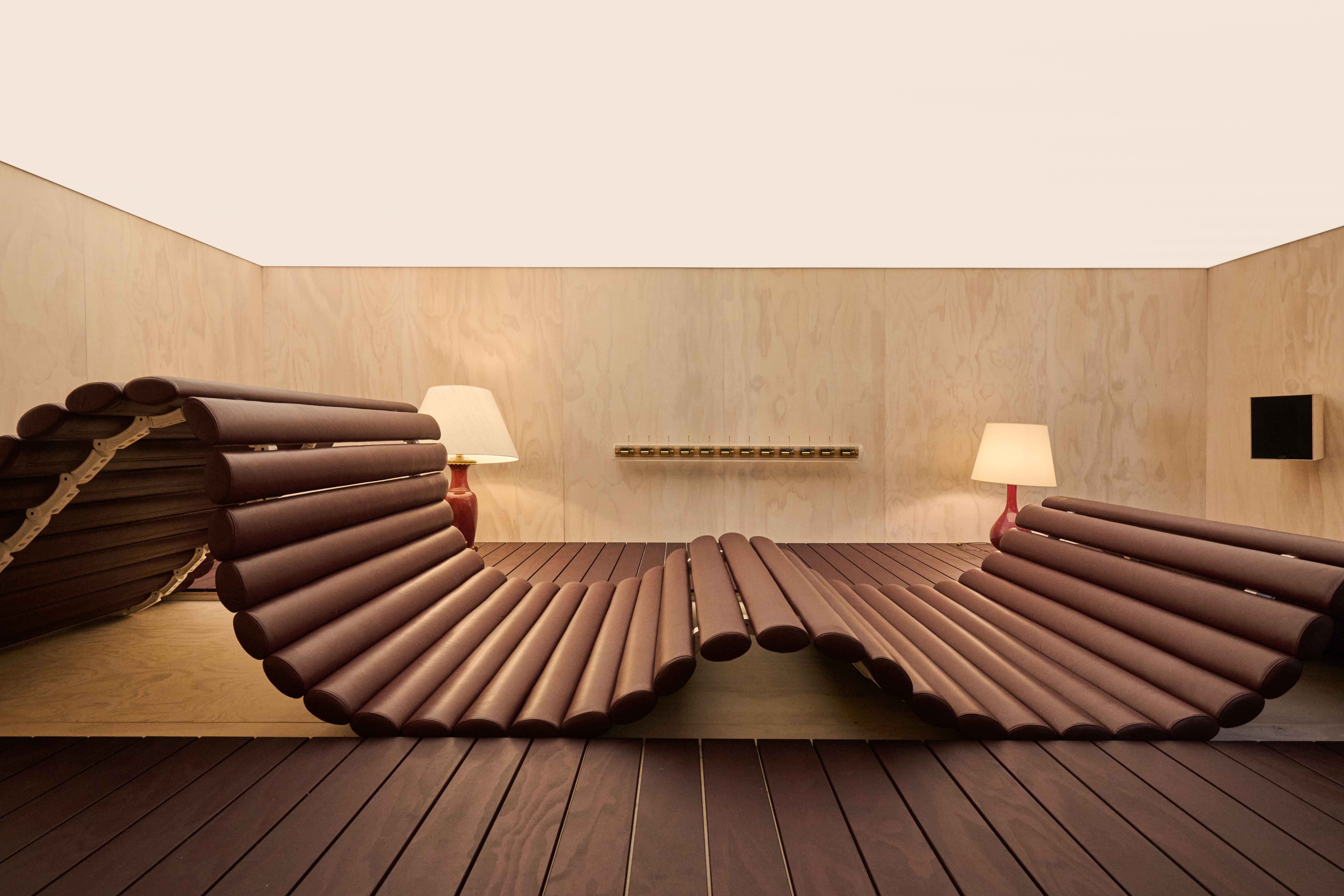 Best of Design Miami Paris 2025: animal sculptures and musical ping-pong tables
Best of Design Miami Paris 2025: animal sculptures and musical ping-pong tablesDesign Miami Paris returns to the Hôtel de Maisons (until 26 October 2025): here are the Wallpaper* highlights
-
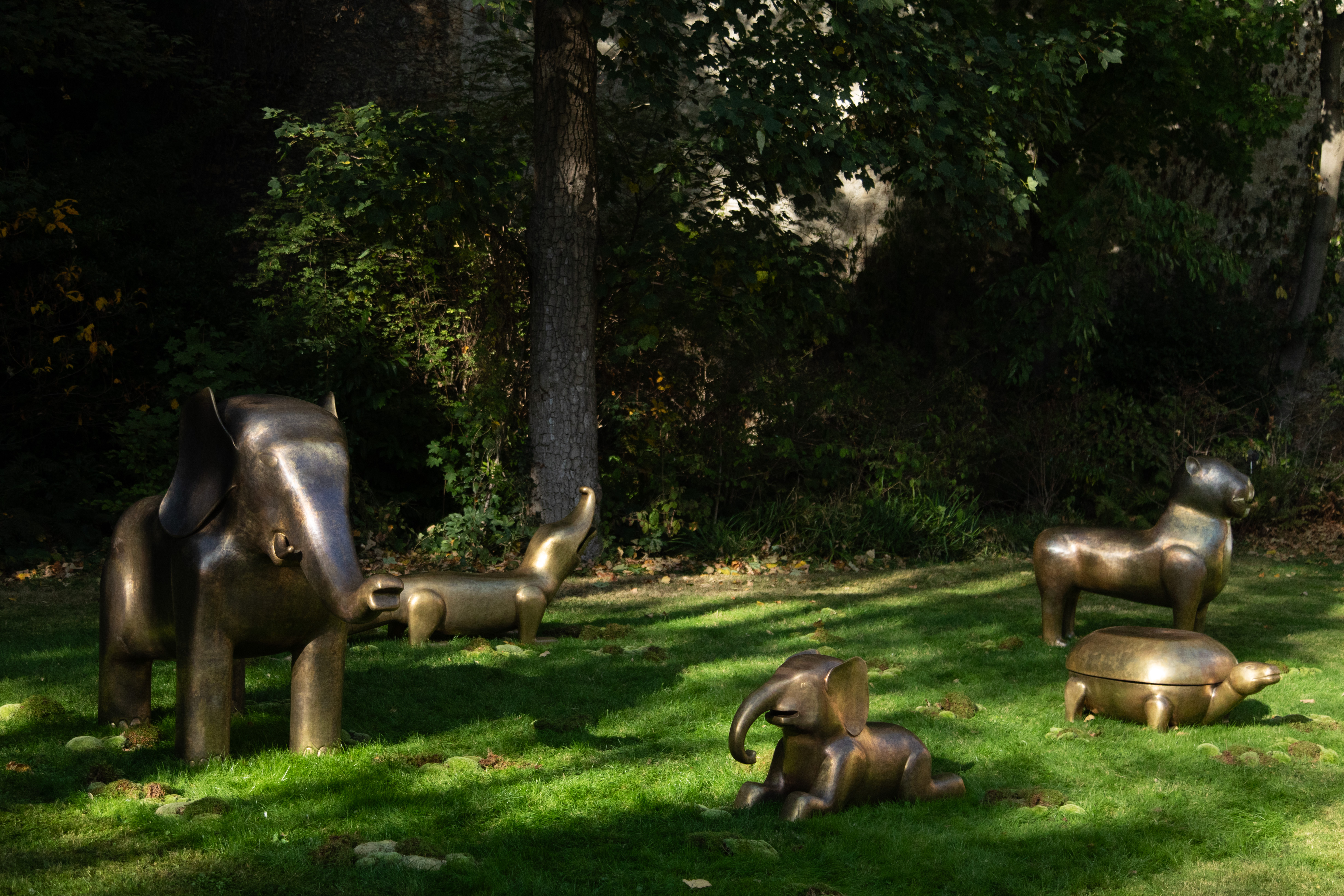 At Design Miami Paris, an artful menagerie tells a story of scent and nature
At Design Miami Paris, an artful menagerie tells a story of scent and natureVikram Goyal and Sissel Tolaas present ‘The Soul Garden’ at Design Miami Paris (until 26 October 2025), ‘a contemporary fable where the animals take new forms, reimagined for the world we live in today’
-
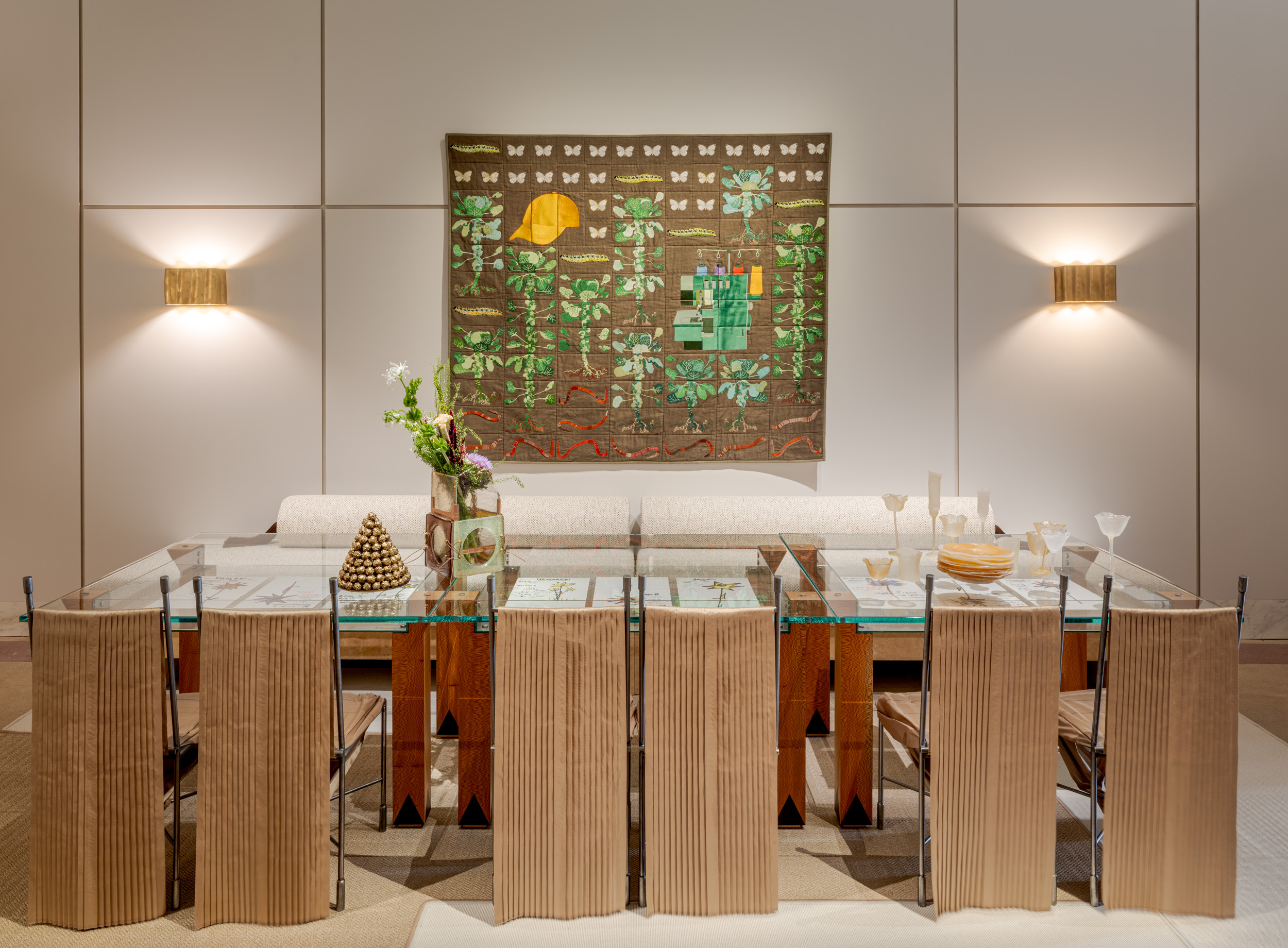 These are the best design exhibitions to see in Paris this week
These are the best design exhibitions to see in Paris this weekAs Design Miami Paris and Art Basel Paris make their return, we round up the best design exhibitions to discover in the city
-
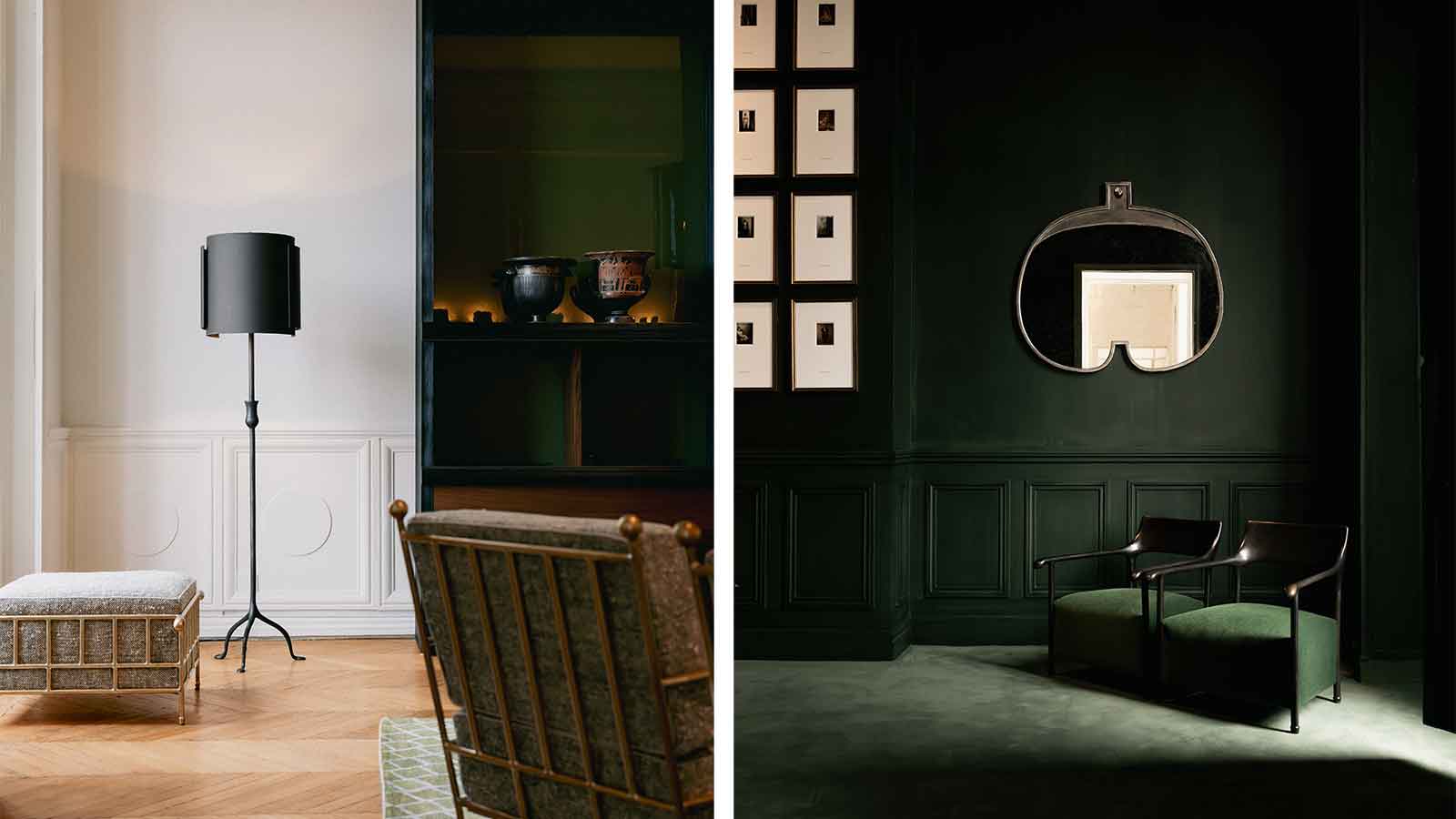 Charles Zana's fantasy interiors are on display in a Parisian apartment
Charles Zana's fantasy interiors are on display in a Parisian apartmentThis week, Charles Zana presents new, extra-large furniture designs in an apartment overlooking the Tuileries gardens